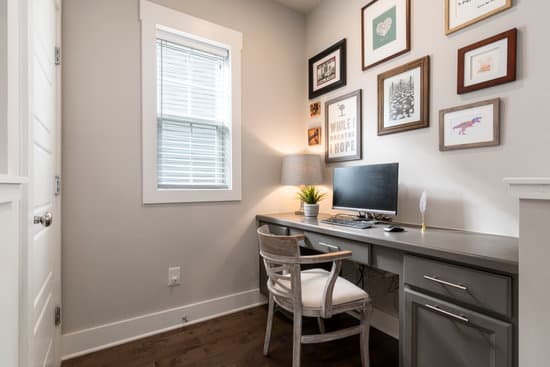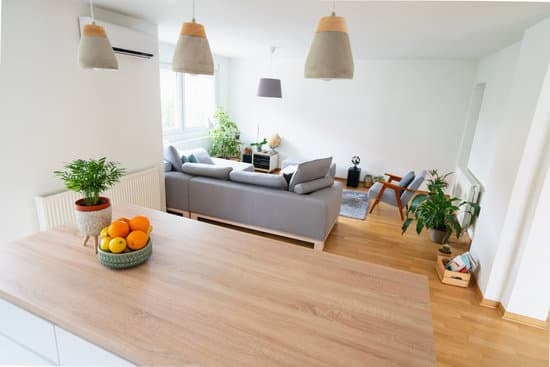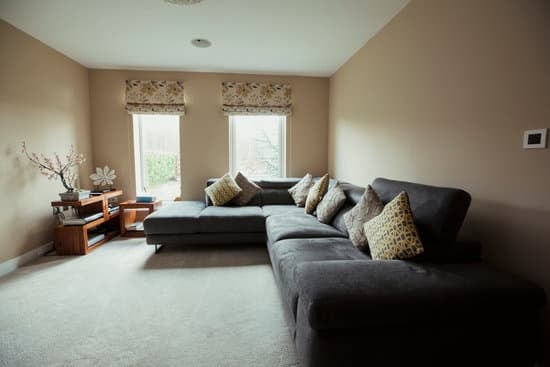Poor ventilation can indeed cause a lack of oxygen in a home. This can result in a range of unpleasant symptoms that can affect both physical and mental health. Here are some of the ways in which poor ventilation can impact the oxygen levels in a home:
Reduced oxygen levels: Poor ventilation can cause the oxygen levels in a room to drop, leading to a reduction in the amount of fresh air available to breathe. Over time, this can cause feelings of tiredness and lethargy, and may even lead to more serious health problems in some cases.
Nausea and sickness: In some cases, a lack of fresh air in a poorly ventilated room can cause feelings of nausea or sickness. This can be due to the buildup of carbon dioxide or other pollutants in the air, which can make it difficult to breathe and cause discomfort.
Physical and mental exhaustion: Low oxygen levels can also lead to physical and mental exhaustion. This can be due to a range of factors, including difficulty breathing, increased heart rate, and reduced cognitive function. This can impact everyday activities and lead to a general feeling of malaise.
Anxiety: Finally, poor ventilation can also cause anxiety in some people. This is thought to be due to a combination of factors, including the physical symptoms listed above, as well as a general feeling of unease that can arise from being in a stuffy or confined space.
Overall, it is clear that poor ventilation can cause a range of negative symptoms that can impact both physical and mental health. To avoid these issues, it’s important to ensure that your home is properly ventilated, with fresh air flowing in and out regularly. This can be achieved through a range of methods, including opening windows and doors, using fans or air purifiers, or installing a proper ventilation system. By prioritizing proper ventilation, you can ensure that you and your family stay healthy and happy in your home.




















